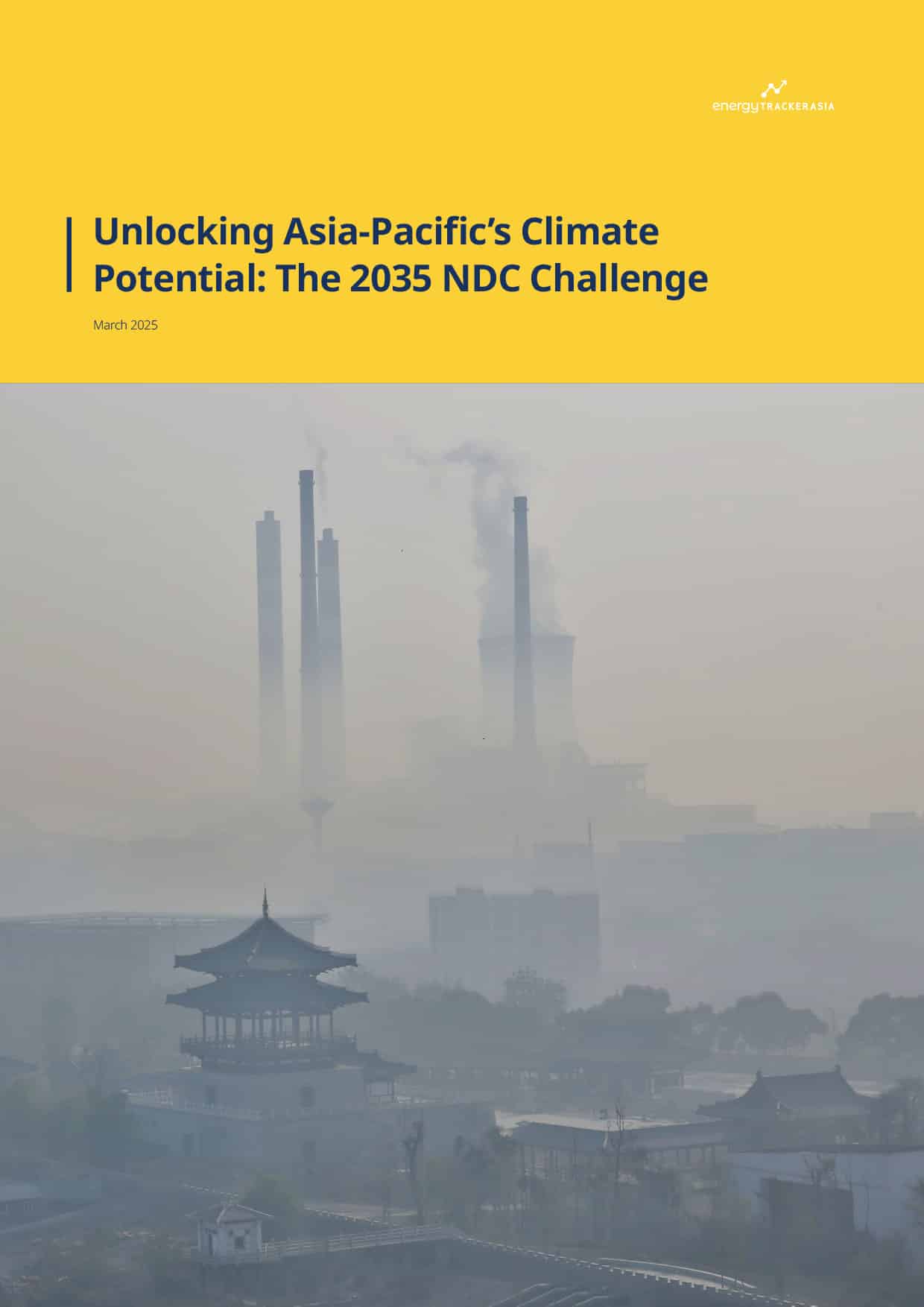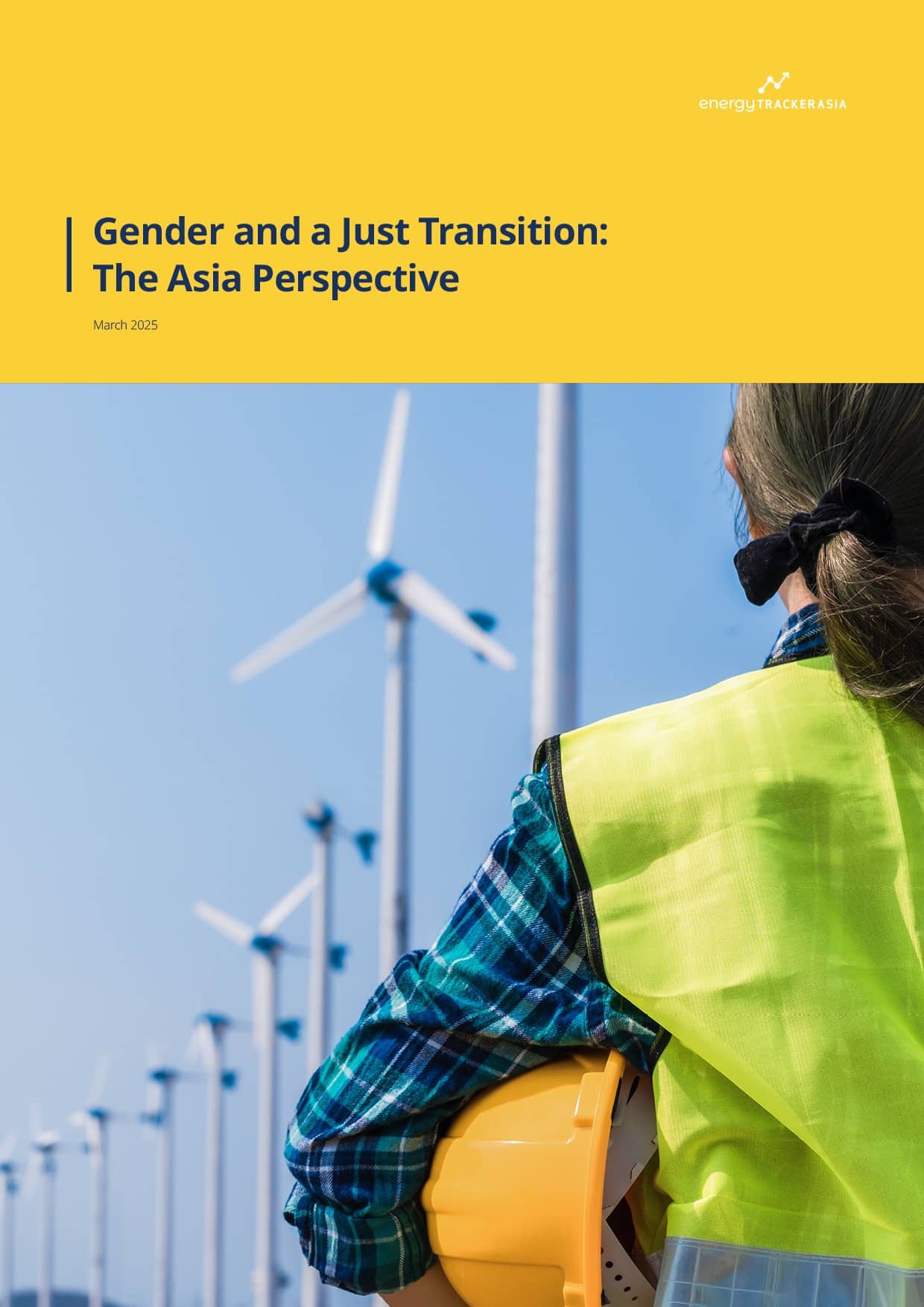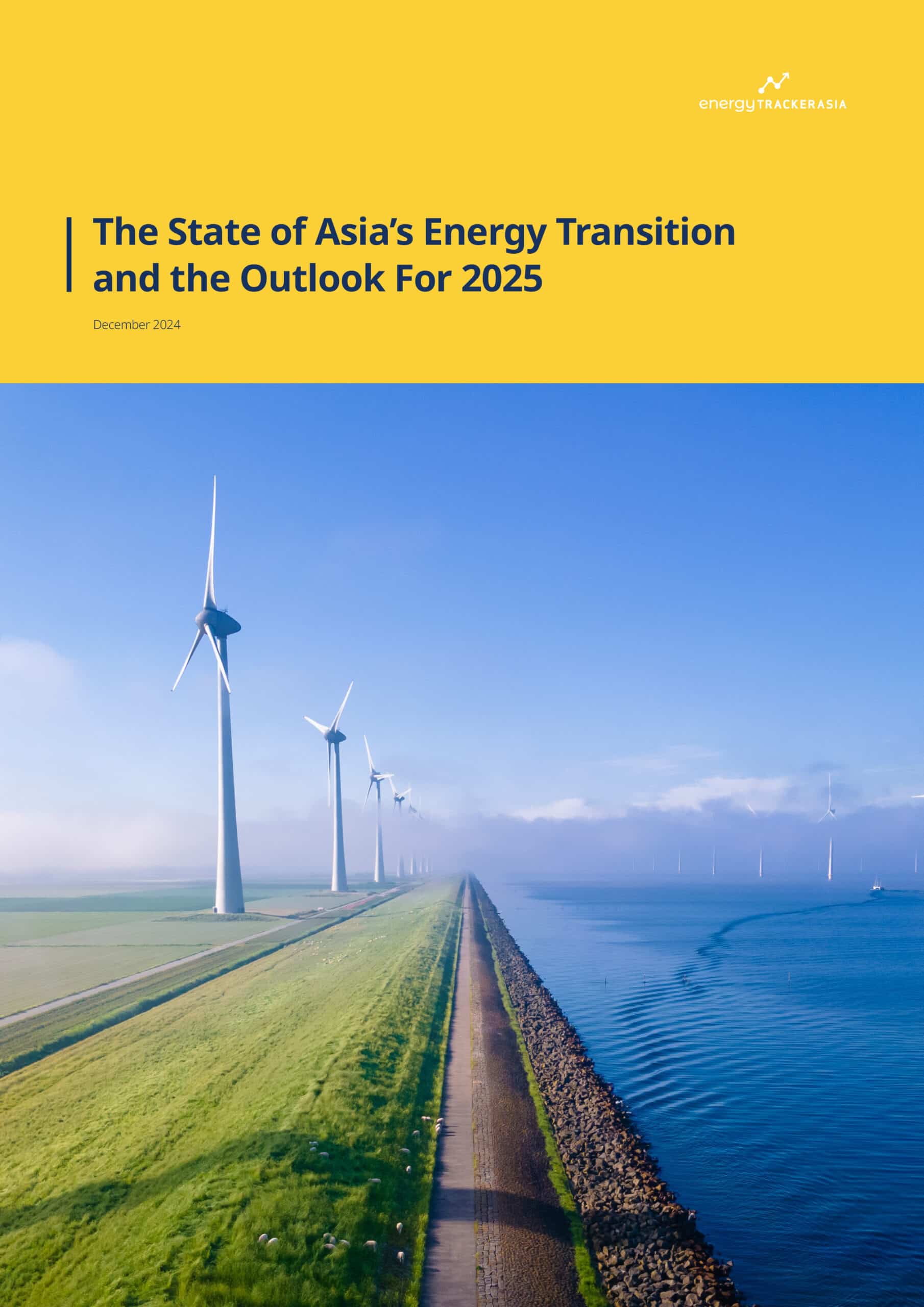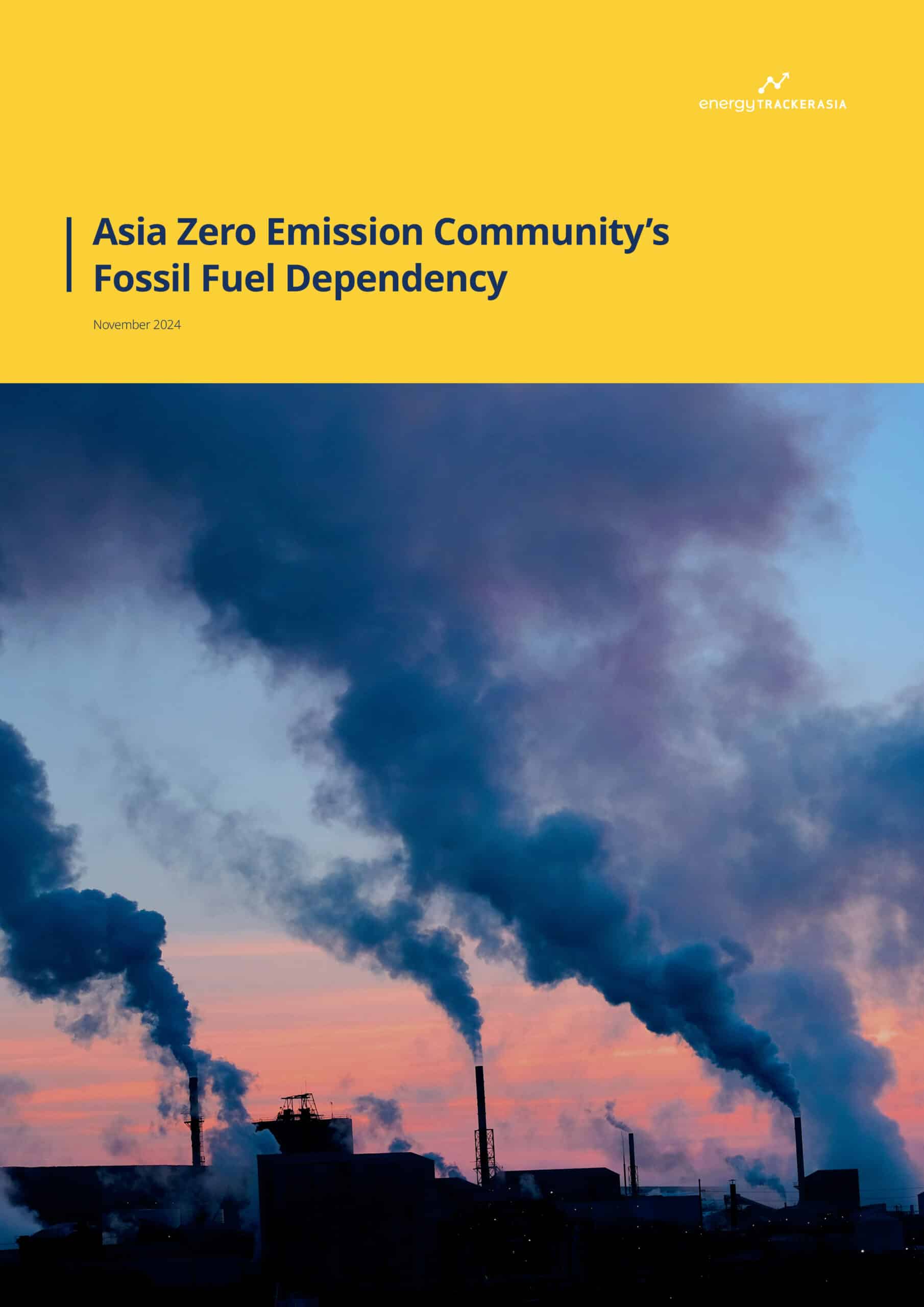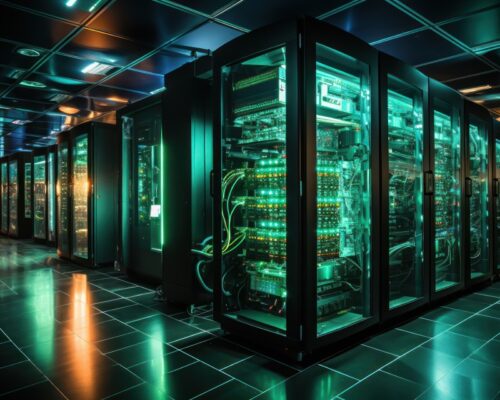Can Malaysia’s AI Data Centres Go Green? [Op-Ed]
Photo: Shutterstock / bluefish_ds
12 August 2025 – by Genevieve Mallet
Data centres are springing up across Southeast Asia as China and the US vie for AI supremacy. Tech giants – from ByteDance and Alibaba to Google and Microsoft – are setting their sights on Johor, Malaysia’s manufacturing hub just across the strait from Singapore. A rich agricultural state, Johor is now also home to sprawling data centre parks.
Since 2023, Malaysia has announced MYR 99 billion (USD 23.4 billion) in data centre investments, much of it involving AI facilities, with a further MYR 149 billion (USD 35.2 billion) in the near future. With cheap electricity, labour, and ample land, Malaysia has proven to be a compelling alternative to its land-constrained neighbour and is set to become the fastest-growing data centre hotspot in Southeast Asia.
Like many of its regional neighbours, Malaysia is positioning itself as an intermediary between the US and China amid their trade war. However, this tightrope is growing more difficult to walk – a Chinese company was recently accused of renting Malaysian data centres via third parties, gaining indirect access to advanced, US-designed microchips restricted by US export controls. Weeks after an investigation into that case was launched, the US announced that Malaysia would face 25% tariffs from August, though talks over a trade deal are ongoing between the two nations.
“We can expect a continual and delicate balancing act where Malaysia seeks to avoid taking definitive action that antagonises either the US or China,” says Ewan Lusty, a director at Flint Global, a firm offering policy and regulations advice to businesses.
Counting the Carbon
The surge strengthens Malaysia’s role in the global data centre supply chain and raises environmental concerns. Shabrina Nadhila, Southeast Asia energy analyst at Ember, warns that the rise of energy-hungry server farms risks increasing emissions and “locking in fossil-fuel infrastructure that may become stranded”.
AI data centres require advanced computing to train and run large machine learning models, consuming significantly more energy than conventional data centres.
The industry uses Power Usage Effectiveness (PUE) as a key sustainability measure. This ratio compares the energy used for facility operations, such as cooling, lighting and ventilation, against that for computing. A perfect PUE score of 1.0 would mean that every watt powers computation alone. Hyperscale data centres, which host tens of thousands of servers, are more efficient and can achieve scores as low as 1.1. But PUE only tells part of the story. “It’s an internal sustainability metric,” says Wei Yang Khoo, a research associate at the Khazanah Research Institute (KRI) in Malaysia. He notes that PUE overlooks where the electricity comes from, how much is used overall, and the emissions tied to its generation.
Even the most technically efficient data centre can have a significant environmental footprint if it runs on fossil fuels. Khoo highlights that hyperscale data centres consume between 20-100 megawatts (MW) of power; “enough energy to power a small city”. Up to half of the total energy consumption is for cooling the computer systems using vast air conditioning and cooling setups that use large amounts of water and energy.
In 2024, 81% of Malaysia’s electricity came from fossil fuels, much of it coal-fired. That reliance jars with corporate sustainability claims and challenges the government’s National Energy Transition Roadmap, which targets 70% renewable capacity by 2050. Ember projects that data centre electricity demand will surge from 9 terawatt-hours (TWh) in 2024 to 68 TWh by 2030.
Malaysia’s fossil-fuel-heavy grid makes integration of renewables expensive and slow. It’s common for data centres to buy renewable energy certificates (RECs) to offset emissions, but “they could be using very dirty coal-fired power in Malaysia and then just buy cheaper RECs elsewhere”, says Khoo. Without standardised accounting, double-counting is a real risk, he adds.
Last year, Malaysia launched its Corporate Renewable Energy Supply Scheme (Cress), which allows large corporate consumers to procure renewable energy directly from independent power producers. However, uptake of the scheme has slowed because of the added fees it has imposed on producers to access the network and help maintain it, meaning businesses are currently paying a premium for transitioning to renewable energy.
Can Data Centres Drive the Transition?
Some industry voices insist that data centres can be part of the solution. “Data centres actually play a critical role in accelerating the transition towards renewable energy by driving demand for clean power and investing in innovative energy solutions,” says Lusty.
He notes that Cress can help align energy-intensive sectors like data centres with national decarbonisation goals. Facility operators may also face pressure from global investors and clients to meet environmental, social, and governance (ESG) targets.
This whole idea of a sustainable data centre is itself an oxymoron
Sara Loo, associate research officer, ISEAS-Yusof Ishak Institute
Yet not all renewable efforts are created equal. Australian data infrastructure company AirTrunk recently announced a rooftop solar project at its JHB1 campus in Johor that will generate just 1 MW – less than 1% of the facility’s 150 MW load. This illustrates what Sara Loo, associate research officer at Singapore’s ISEAS-Yusof Ishak Institute, describes as the illusion of progress created by highly visible but marginal solar installations. As Loo puts it, “this whole idea of a sustainable data centre is itself an oxymoron” because these facilities are inherently energy intensive, water intensive and carbon emitting. She notes that despite growing pressure to go green, the core model remains environmentally costly.
Malaysia’s environment minister Nik Nazmi Nik Ahmad said earlier this year that the data centre boom can support the country’s renewable-energy system. He highlighted that Malaysia had become “more selective” when approving new data centre projects because of water and energy constraints. But the minister added that tech companies are expected and “willing to pay a premium”, enabling them to “push boundaries” in renewable energy and water-recycling systems in ways that many other industries cannot afford.
Unlike Singapore, which imposed a moratorium on new data centres from 2019 to 2022 to assess how it could manage its data centre growth sustainably, Malaysia is therefore not likely to slow down. “Johor is benefiting greatly from the moratorium that Singapore [had] in place,” Loo explains. But she cautions that Malaysia’s ongoing expansion into data centres, supported by an incentive-based approach focused on efficiency optimisation, may not sufficiently address the environmental and social impacts of energy and water consumption locally and nationally. Loo notes that the long-term consequences of this growth remain uncertain.
As a strong regional example, Nadhila highlights Singapore’s successful policy approach, which includes grants for green building upgrades and research aimed at boosting data centre efficiency. “Targeted incentives can accelerate adoption of clean technologies,” she says, but “establishing a clear sustainability framework from the outset is also critical; once data centres are operational, retrofitting becomes much harder”.
Genevieve Mallet is a freelance journalist and policy analyst with a focus on international climate and energy issues, particularly in Asia. She has conducted research and reporting on China’s environmental footprint, India’s political dynamics, and the broader geopolitical implications of the clean energy transition.
Disclaimer: The views and opinions expressed in this article are those of the author and do not necessarily reflect the official policy or position of Energy Tracker Asia.
This article was first published on Dialogue Earth and republished with permission.
